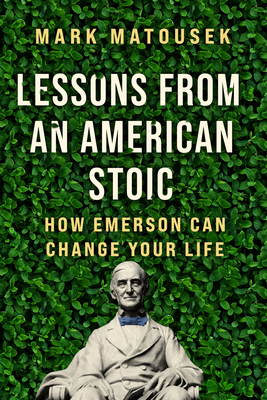
A Guide to the Good Life: The Ancient Art of Stoic Joy
Book Description
What if the secret to true happiness lies in ancient wisdom? In "A Guide to the Good Life," William B. Irvine unlocks the timeless teachings of Stoicism, revealing how to cultivate lasting joy even in the chaos of modern living. With sharp insights and practical exercises, this riveting exploration turns philosophical principles into powerful strategies for everyday life. Experience the liberation that comes from embracing adversity and letting go of what you cannot control. Prepare to be transformed by the profound simplicity of Stoic thought. Will you dare to adopt the mindset that could redefine your existence?
Quick Book Summary
"A Guide to the Good Life: The Ancient Art of Stoic Joy" by William B. Irvine distills the core tenets of Stoicism into a practical philosophy for navigating modern life. Irvine demonstrates how Stoic principles—such as focusing on what we can control, harnessing negative visualization, and cultivating gratitude—lead to a more joyful, resilient existence. Through historical insights and everyday strategies, the book invites readers to move beyond mere pleasure-seeking and instead pursue tranquility. Irvine offers actionable exercises and mental shifts that empower individuals to reframe adversity, manage desires, and build emotional fortitude. Ultimately, the book presents an accessible and profound approach to living well, rooted in wisdom from centuries past but perfectly suited to today’s challenges.
Summary of Key Ideas
Table of Contents
Focusing On What You Can Control
Irvine introduces readers to Stoicism as a “philosophy of life” aimed at achieving tranquility rather than transient happiness. He explains that unlike hedonistic pursuits, Stoicism offers a framework for sustained joy and emotional stability. The book recounts the origins of the Stoic school and presents core ideas from ancient practitioners such as Epictetus, Seneca, and Marcus Aurelius. Irvine’s initial chapters make the case that modern anxieties and disappointments often stem from misplaced priorities and the relentless pursuit of external validation, which Stoicism helps to counteract.
The Practice of Negative Visualization
Central to Stoic thought is the distinction between what we can and cannot control. Irvine posits that our well-being hinges on directing energy toward our thoughts, judgments, and purposeful actions, rather than outcomes outside our influence. By letting go of the uncontrollable—such as others’ opinions or the unpredictability of events—we reduce frustration and increase serenity. Irvine provides examples and thought experiments to help readers internalize this mindset, fostering acceptance and emotional freedom in the face of life’s inevitable uncertainties.
Mastering Desire and Seeking Tranquility
Negative visualization is introduced as a key Stoic exercise. By periodically contemplating the loss of people, possessions, or circumstances, individuals become more appreciative of what they have and less fearful of misfortune. Irvine illustrates how this strategy diminishes the impact of setbacks and gratifies present moment awareness. This mental practice is complemented by the Stoic notion of “voluntary discomfort,” where individuals intentionally confront minor hardships to prepare for and defuse the fear of adversity, thereby building resilience.
Building Resilience through Adversity
Another major theme is managing desire. Rather than chasing ever-increasing pleasures, Stoics aim to enjoy things without becoming enslaved by them. Irvine discusses the concept of the "hedonic treadmill," where continual pursuit of new desires leads to perpetual dissatisfaction. By practicing moderation, gratitude, and mindful appreciation, one achieves tranquility and contentment. The author emphasizes self-reflection, self-discipline, and rational examination of desires as crucial steps toward emotional mastery and fulfillment.
Integrating Stoic Exercises Into Daily Life
Irvine concludes with practical advice for applying Stoicism to daily life. He provides modern adaptations of classic exercises—from journaling to self-inquiry—that help individuals sustain Stoic attitudes over time. The book encourages readers to adopt specific routines and cultivate habits that reinforce resilience, gratitude, and focus. Irvine makes Stoicism accessible and actionable, illustrating how ancient wisdom can serve as a powerful antidote to stress and a blueprint for living a meaningful, joyful life in the contemporary world.
Download This Summary
Get a free PDF of this summary instantly — no email required.





